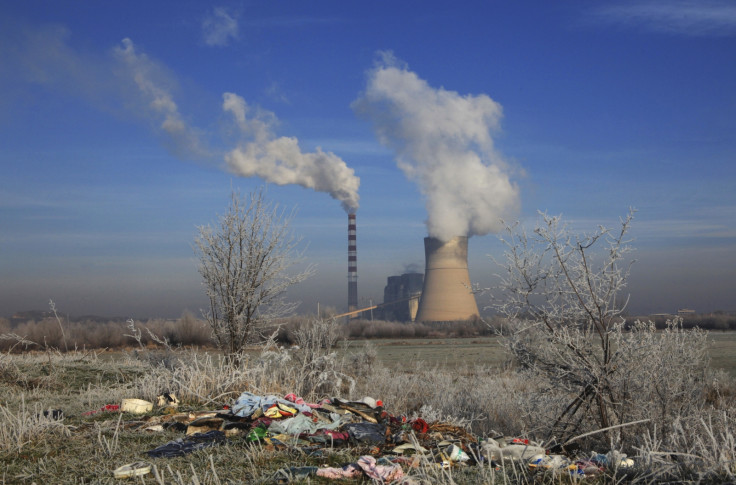UN climate meet: Submitted plans commit world to more than 3C rise says CSE

Indian think-tank Centre for Science and Environment (CSE) has accused developed nations of doing very little in terms of the submitted Intended Nationally Determined Contributions (INDCs). Not only are these countries set to misappropriate more carbon budget by 2030, they will set the world on a temperature path of more than a 3C rise, states a CSE analysis.
Emissions from the world will not peak in 2030 and the projected emission of 57 billion tonnes by 2030 is not enough to keep the world on a 2C target. To remain within 2C, the global emissions should peak latest between 2020 and 2030, says the analysis. Around 70-80% of the remaining carbon budget will be exhausted by 2030.
"INDCs are reducing the rate of growth of emissions marginally, but this is not sufficient to keep the world on a safe temperature rise trajectory. Implementation of the INDCs will only lead to higher and higher emissions till 2030," said CSE deputy director general Chandra Bhushan.
Last week, the UN had welcomed INDCs from about 150 countries saying it would help curb greenhouse gas emissions, but cannot prevent a 2.7C rise by the end of century. The submitted INDCs will jointly restrict the emissions by four billion tonnes by 2030.
"It is a very good step... but it is not enough," UN Climate Change Secretariat Christiana Figures said during a presentation of the report in Bonn. Temperatures have already gained by about 0.9C (1.6F) since 2010, when 200 nations agreed to limit temperature rise to 2C.
Differentiated responsibilities?
CSE director general Sunita Narain said, "The misappropriation of carbon space by developed countries will lead to little carbon space being left for developing countries for basic developmental needs. Consumption levels in developed countries will have to be reigned in if emissions are to come down to sustainable levels. It is important this reality is discussed and resolved in the Paris climate conference."
So far, the UN has upheld the formula of "common, but differentiated responsibility", where developed nations must take more action and pledge higher reductions owing to their responsibility towards global warming.
But the split has been widening between countries that insist on that approach as against others, who favor distributive justice in the future when emissions per person would be roughly the same in every country by 2050. China, which has insisted on differentiated responsibility, is already the world's top emitter.
China and India call for taking into account past emissions in defining cumulative emissions per person. They seek a large chunk of the remaining carbon budget for developing nations to achieve standards of living for their population that are on par with western standards.
For this, they call upon developed nations to reign in consumption. This is poised to be the main stand-off point at Paris.
A way out - double your cuts!
One way out of this climate deadlock has been figured out by scientists, who suggest that a major economy lead the way by becoming a forerunner, while other nations follow suit. The ideal leader would be the US or EU.
"If either the European Union or the US would pioneer and set a benchmark for climate action by others, the negotiation logjam about fair burden sharing could be broken," lead author Malte Meinshausen from the Potsdam Institute for Climate Impact Research and the University of Melbourne said.
The US national emissions reduction target would have to touch 50% instead of the proposed 22-24%, below 2010 levels by 2030. Alternatively, the EU target would have to be about -60% instead of the stated 27% below 2010 (or 40% below 1990 target).
China, now a leading economy, could also take the lead, but it seems unlikely.
INDCs form the building blocks for a UN deal expected to be forged at a summit set for Paris from 30 November to 11 December to succeed the Kyoto Protocol that ends in 2020.
© Copyright IBTimes 2025. All rights reserved.





















